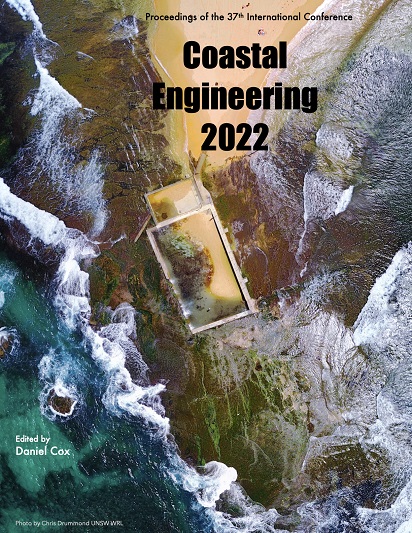Abstract
Sediment deprivation, hydrologic alteration, subsidence, sea level rise, and saltwater intrusion have been causing significant land loss in coastal Louisiana. Breton Sound combined with the nearby Barataria Bay, and Mississippi River Delta have lost approximately 1800 square kilometers (or 447,000 acres) of land, representing one of the highest land loss rates in the world since the 1930s when the Mississippi River was leveed. To address this problem, the Coastal Protection and Restoration Authority (CPRA) initiated several sediment diversion projects in the Lower Mississippi River (LMR). The Mid- Breton Sediment Diversion (MBrSD) project is one of the costal restoration projects proposed to restore natural processes in Breton Sound, which can strategically reestablish hydrologic flows, carry land-building sediments, nourish marshes and sustain land.References
Baptist (2005): Modelling floodplain biogeomorphology, Ph.D. thesis, Delft University of Technology. Peyronnin, Green, Richards, Owens, Reed, Chamberlain,
Groves, Rhinehart, Belhadjali (2013): Louisiana's 2012 coastal master plan: overview of a science-based and publicly informed decision-making process, Journal of Coastal Research 67, pp. 1-15.
Visser, Duke-Sylvester, Carter, and Broussard (2013): A computer model to forecast wetland vegetation changes resulting from restoration and protection in coastal Louisiana, Journal of Coastal Research 67, pp. 51-59.

This work is licensed under a Creative Commons Attribution 4.0 International License.
Copyright (c) 2023 Qimiao Lu, Fred Scott, Yarzar Tun, Rob Nairn

